Announcing the Finalist: Read More
2.6 billion people worldwide lack access to adequate sanitation. The resulting diarrheal disease kills 1.5 million children each year. The high population density combined with the lack of infrastructure makes the sanitation crisis particularly acute in slums, where populations will double to 2 billion by 2030. The lack of proper waste removal and treatment options also creates a tremendous source of environmental pollution. Each year, the 8 million people in Kenya’s slums alone discharge 4 million metric tons of untreated human waste into the surrounding soil and waterways. In these areas that lack basic water and sewage infrastructure, solving the sanitation crisis requires more than just building toilets.

8 million slum dwellers in Kenya do not have adequate sanitation. The population in the country’s slums is increasing rapidly at 6% per year. In fact, 75% of Nairobi already lives in informal settlements across the city, occupying just 5% of the land. The availability of toilets in Kenya’s slums is significantly less than demand. Despite having to pay up to $0.06 per use, 70% of the slum dwellers do not have a connection to sewers and rely on unsafe pit latrines, ‘flying toilets’, and open defecation. Of the pit toilets constructed, over 65% have fallen into disrepair. The end result: On average 150 people share 1 toilet, most of which are unhygienic.
Sanergy's design goals were generally to create a toilet that was both economical and socially sustainable; and specifically for the pilot to 1) create a low-cost building solution under US$500, 2) design an efficient system for the ease of construction, and 3) provide a low-maintenance system for ease of operations. It was essential that the units be highly cost effective in order to make personal ownership attainable to entrepreneurs, yet not at the expense of its ability to attract and retain paying customers over its life cycle.
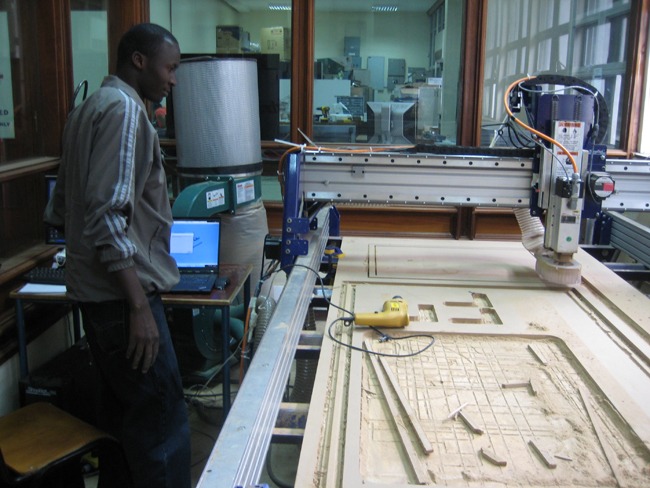

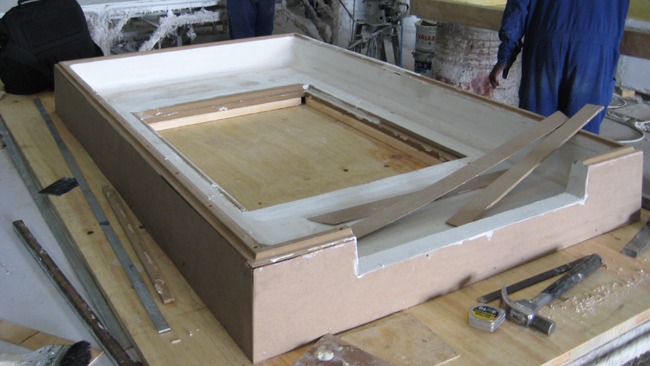
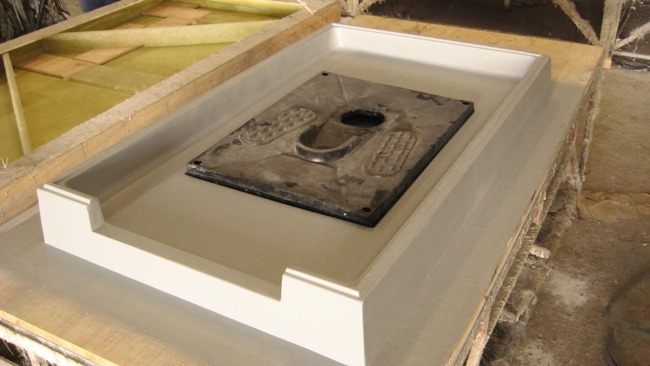
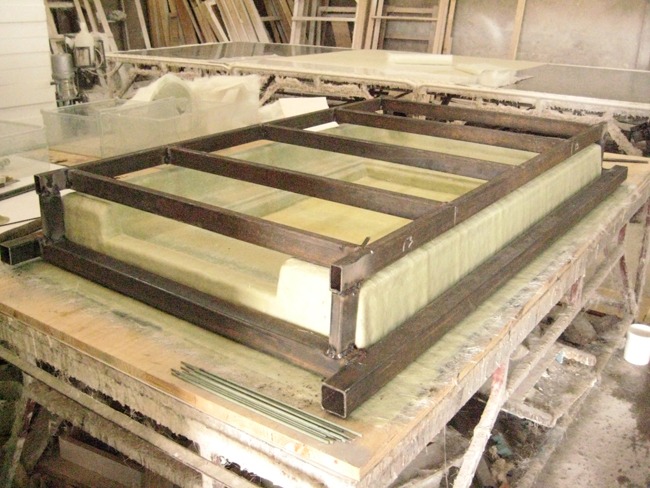
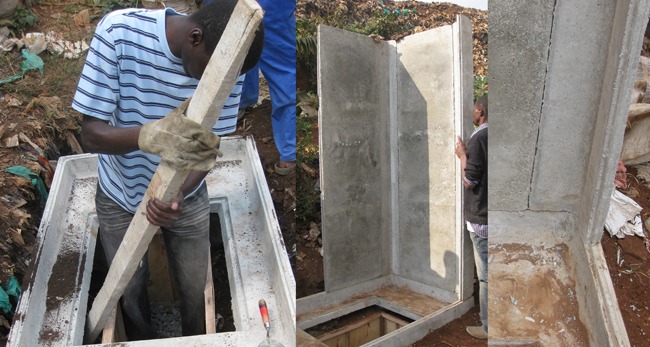
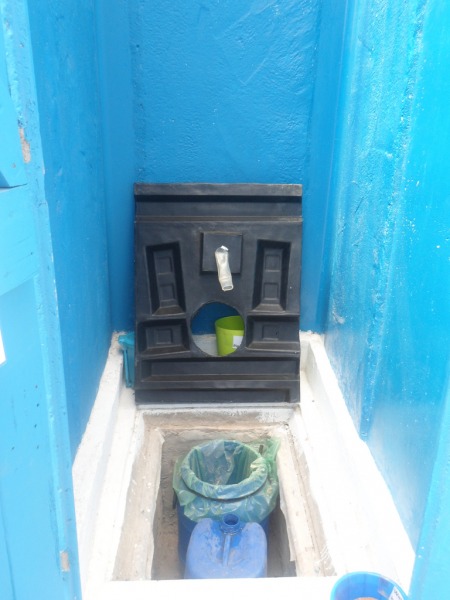
 some rights reserved
some rights reserved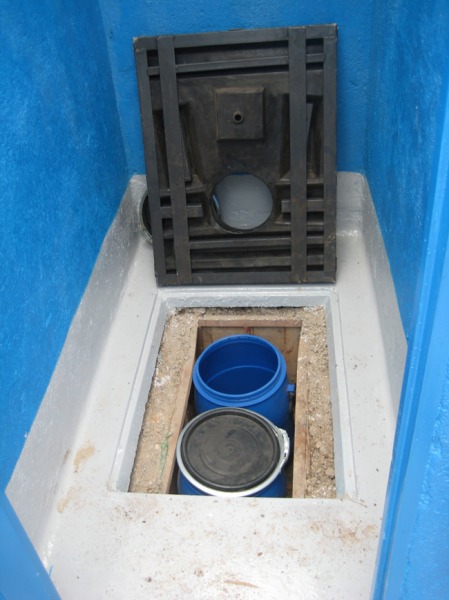
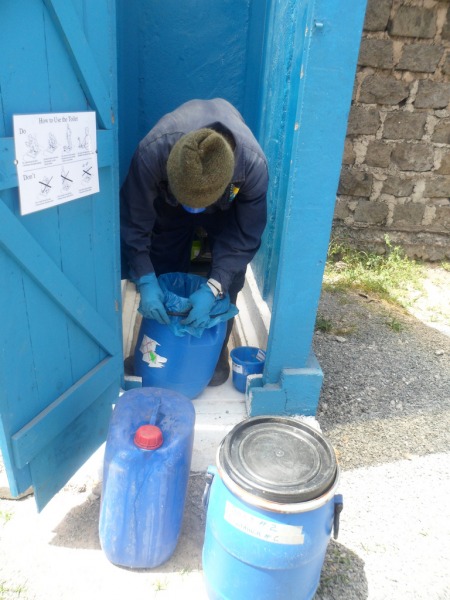
 some rights reserved
some rights reserved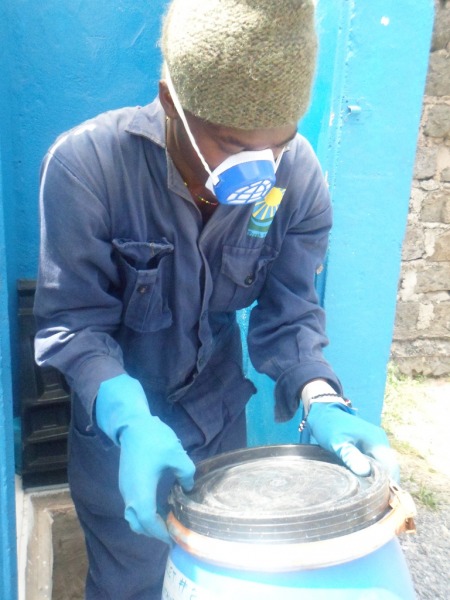
 some rights reserved
some rights reserved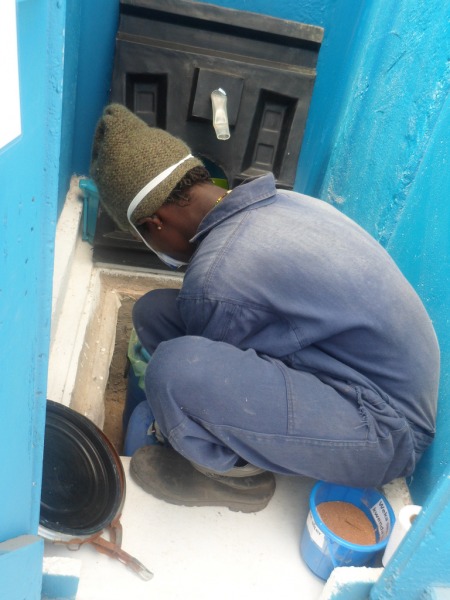
 some rights reserved
some rights reserved
 some rights reserved
some rights reserved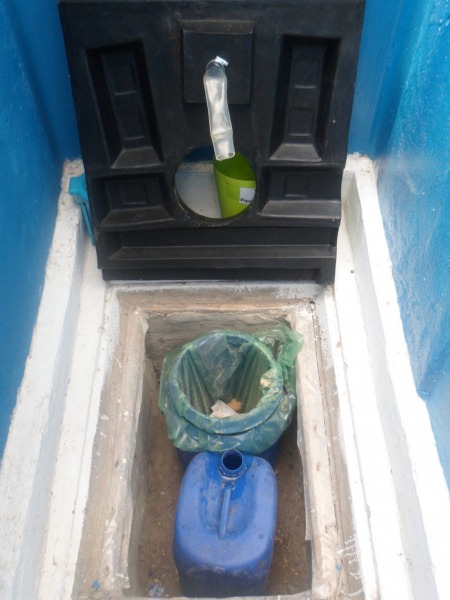
 some rights reserved
some rights reserved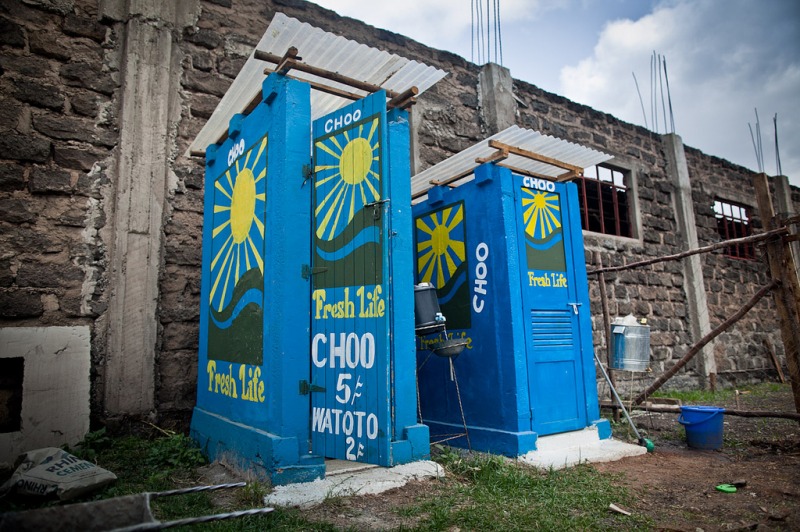
 some rights reserved
some rights reserved
 some rights reserved
some rights reserved